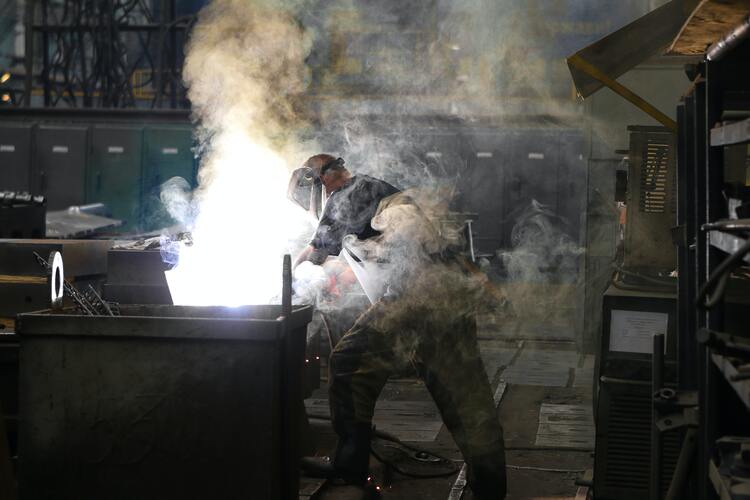MANILA, Philippines — The country’s manufacturing sector showed improvement in August as it grew at a faster pace, but high prices, supply chain disruptions and rising interest rates pose challenges to growth.
In its report released yesterday, S&P Global Market Intelligence said the Philippines’ manufacturing purchasing managers’ index (PMI) improved to 51.2 in August from 50.8 in July.
The latest reading is above the 50-no change mark which separates growth from contraction, and showed growth for the sector for the seventh month.
While there was improvement, S&P Global said “the uptick was weaker than the series average.”
The PMI is based on a survey of around 400 manufacturers.
“August PMI data signalled an improvement in operating conditions across the Philippines’ manufacturing sector. Encouragingly, employment increased strongly and at the sharpest pace since mid-2017,” said Maryam Baluch, economist at S&P Global Market Intelligence said.
Firms hired additional staff in anticipation of increased production in the coming months.
Despite the improvement seen in August, Baluch said there are growing downside risks to growth.
“Already we have seen output failing to expand during the latest survey period, and factory orders falling for the second consecutive month. Furthermore, price pressures remained persistently high,” Baluch said.
Lower new order inflows led to a cutback in firms’ purchasing activity in August.
While the rate of contraction was mild, S&P Global said this is the first reduction in input buying since January.
It also said stocks of raw materials and semi-finished items went up at its softest pace since October last year.
The same was seen for post-production inventories as stocks rose at the weakest pace since February, reflecting tepid client demand.
Amid supply-side disturbances, as well as rising energy and material prices, S&P Global said purchasing costs have now risen in each month since May 2020.
“Headwinds heighten concerns that inflationary pressures, supply chain disruptions, the weakening of the peso and a high interest rate environment, with further hikes expected, will squeeze demand as clients’ disposable income will take a hit,” Baluch said.
The Bangko Sentral ng Pilipinas (BSP) earlier said inflation likely reached 5.9 to 6.7 percent in August, driven by the continued uptick in food prices.
Inflation rose to 6.4 percent in July from 6.1 percent in June.
Last month, the BSP delivered a 50-basis point rate hike to tame inflation. This brought the overnight reverse repurchase facility rate to 3.75 percent, overnight deposit facility to 3.25 percent, and the overnight lending facility to 4.25 percent.
“While the Filipino economy showed strong growth post-COVID, the following months will challenge momentum, with the PMI data already recording softer output expectations for the year ahead,” Baluch said.
Half of surveyed firms are hopeful of an expansion in output in the coming 12 months.
“However, the degree of confidence posted second-lowest in seven months and was subdued in the context of the series history,” S&P Global said.
September 02, 2022













